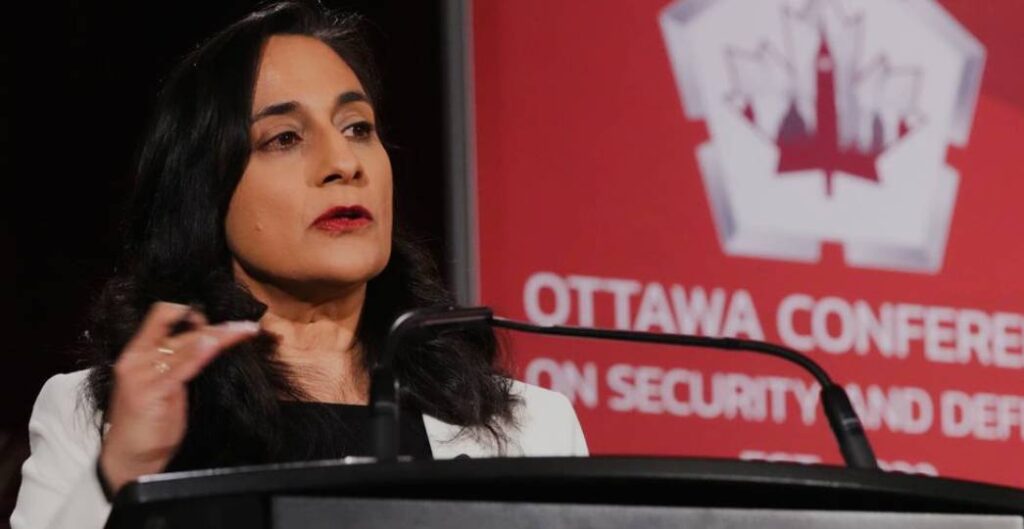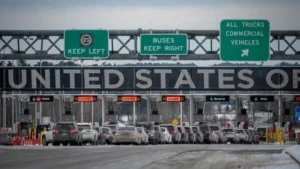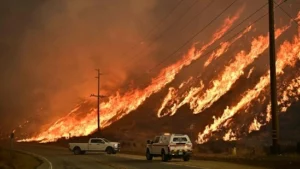Canada to unveil ‘robust package’ to modernize NORAD continental defence, Defence Minister Anita Anand says

Canada’s Minister of National Defence Anita Anand takes part in the Ottawa Conference on Security and Defence on March 11, 2022.Sean Kilpatrick/The Canadian Press
Defence Minister Anita Anand says the Canadian government will soon unveil a significant spending plan to help modernize continental defences under NORAD, a revamp the United States has been seeking for years.
“Make no mistake: Canada will be at the table in the short term with a robust package to modernize NORAD – a system that has kept Canadians and Americans safe for over sixty years,” Ms. Anand told an Ottawa defence conference.
Her commitment at the Ottawa Conference on Security and Defence Friday comes just days after Prime Minister Justin Trudeau said his government would consider boosting defence spending in the wake of Russia’s military assault on Ukraine.
A major component of upgrading North American Aerospace Defence Command is replacing the aging North Warning System, a chain of radar sites that provide surveillance against aerial incursions, which is expected to cost more than $10-billion.
Ms. Anand declined to clarify whether this would include Canada joining the U.S. ballistic missile defence system when asked by an audience member.
In 2005 former prime minister Paul Martin’s Liberal government rejected joining American missile defence.
“I cannot give away the plans to modernize NORAD in their intricacies at this time but I will assure you we are fully cognizant of the various threats that our current system allows to be present and we are working very hard on bringing forward a robust package of new technologies in the short term,” the minister told the conference.
James Fergusson, deputy director of the Centre for Defence and Security Studies at the University of Manitoba, wrote in a January 2020 paper for the Macdonald-Laurier Institute think tank that the modernization price tag could be as much as $11-billion according one unofficial estimate. If the cost were split 60/40 with Canada taking the smaller share, that would mean as much as $4.4-billion for Canada.
Last August, on the eve of the 2021 federal election campaign, the Canadian and U.S. governments announced they intend to proceed with “co-ordinated investments” that bolster their ability to protect North America from “a greater and more complex conventional missile threat” including gear that watches for incoming threats from “the sea floor to outer space.”
The risk that Canada and the U.S. have in mind is missile technology advancements in Russia and China that can send non-nuclear warheads far greater distances with far more accuracy. These include hypersonic missiles, which travel extremely fast and can dodge and weave during flight to avoid interception, as well as next-generation cruise missiles. This evolution in conventional missiles has made them an increasingly important tool to deter threats or project power without resorting to nuclear weapons.
An August 2021 statement, titled “Joint Statement on NORAD modernization,” set out priorities for the future of North American Aerospace Defense Command, the heart of the Canada-U.S. continental defence pact, saying the two countries must be able to “detect, identify [airborne] threats earlier and respond to them faster and more decisively.”
The statement said the North Warning System will be replaced with technology including “next-generation over-the-horizon radar systems,” which have the ability to detect targets at very long ranges. It also mentions building a network of American and Canadian sensors installed everywhere from the seabed to satellites in space.
Retired U.S. Vice Admiral James Foggo, former commander of NATO Allied Joint Forces Command Naples, told the same defence conference it is imperative for North American Aerospace Defense Command to boost its defence capabilities to counter Russia and China in the high Arctic.
“With Russia’s interest in taxing transit through the northern sea route, and with China’s interest in creating a polar silk road, and China and Russia’s development of new weapons systems … we need to have a better dialogue on this,” he said in an interview.
Mr. Foggo said he’d also like to see the seven democratic members of the Arctic Council work together on countering Russian and Chinese activities in the high North.
Canada, the United States, Norway, Iceland, Sweden, Denmark and Finland have announced they won’t participate in the work of the Arctic Council or attend any of its meetings until further notice to protest Russia’s invasion of Ukraine.
Russia is the eighth member and currently leads the council of nations that ring the Arctic, a body that oversees ways to improve search and rescue, scientific co-operation and oil spill emergency preparedness.
With Thanks Refrence to: https://www.vishwadha.news/canada-to-unveil-robust-package-to-modernize-norad-continental-defence-defence-minister-anita-anand-says/






